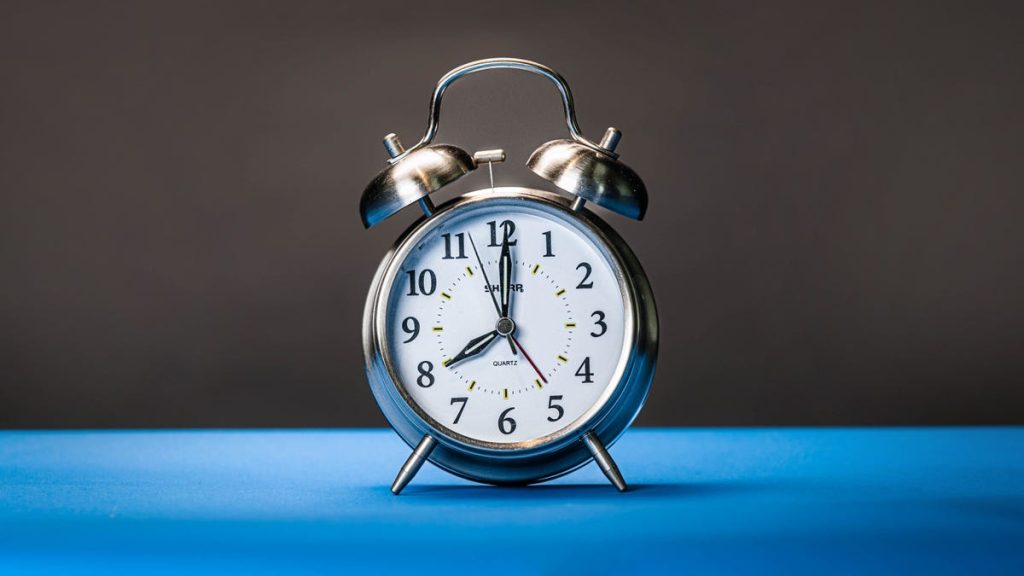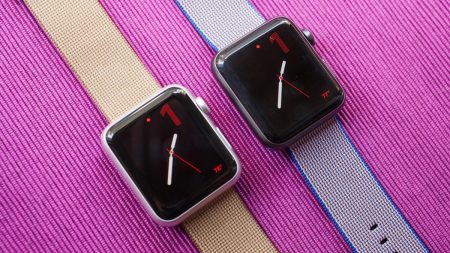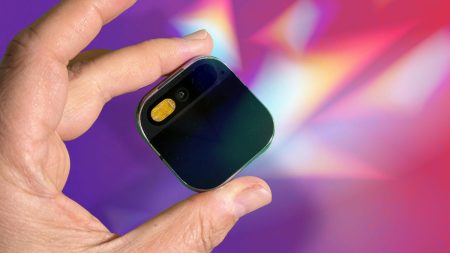This article explores the world of alarm clocks, moving beyond the jarring wake-up calls of smartphones to examine dedicated devices designed for a more peaceful and personalized start to the day. The author argues that traditional alarm clocks offer a superior alternative to phone alarms, promoting better sleep quality by reducing screen time before bed. The piece then delves into a curated selection of top-rated alarm clocks, categorized by features and suitability for different sleep styles. It emphasizes the evolution of alarm clocks from basic timekeeping devices to sophisticated sleep companions, incorporating technologies like sunrise simulation, voice assistants, and interactive displays.
The first category highlights the best overall alarm clock, the Travelwey Home LED. This budget-friendly option focuses on simplicity and reliability, offering a classic red LED display, adjustable brightness, and a backup battery. While lacking advanced features, its straightforward functionality and dependable performance make it a solid choice for those seeking a no-frills wake-up call. Next, the article explores the realm of smart alarm clocks, showcasing the Amazon Echo Show 5. This device integrates seamlessly with Alexa, providing access to weather updates, video calls, smart home controls, and customizable alarms using music or personalized tones. Its sunrise simulation feature gradually brightens the screen, mimicking a natural dawn for a gentler awakening.
The Philips HF3500 emerges as the best sunrise alarm clock, prioritizing a gradual transition from sleep to wakefulness using a progressively intensifying orange light. Its unique UFO-like design and simple button layout emphasize ease of use. For heavy sleepers, the Sonic Alert Sonic Bomb offers a powerful solution. Featuring an exceptionally loud buzzer and a vibrating under-pillow attachment, this alarm clock ensures even the deepest sleepers are roused. Its customizable snooze duration and easy-to-use controls add to its appeal. The article then shifts focus to children’s alarm clocks, highlighting the Hatch Restore. This multi-functional device combines a sound machine, smart light, and digital alarm clock, offering personalized sleep and wake routines through a user-friendly app. Its ability to adapt to a child’s evolving needs makes it a valuable long-term investment.
For budget-conscious consumers, the RCA RCD30 stands out as the best value option. Mirroring the Travelwey’s simplicity, this alarm clock features a classic red display with adjustable brightness and a straightforward snooze button. Its compact size makes it ideal for travel. The article then expands its scope to include other noteworthy alarm clocks, such as the Lenovo Smart Clock 2 with its Google Assistant integration and sunrise simulation, the Amazon Echo Dot with Clock, the American Lifetime Day Clock for visually impaired users, the feature-rich iHome IBT29BC, and the affordable HomeLabs Home Sunrise Alarm Clock.
Beyond individual product reviews, the article provides valuable guidance for choosing the right alarm clock. It emphasizes considering factors like budget, desired features, display preferences, wake-up method, and smart capabilities. The piece also addresses frequently asked questions, offering recommendations for heavy and light sleepers and discussing the pros and cons of using phones as alarms. It concludes by reinforcing the importance of a dedicated alarm clock for improved sleep hygiene, emphasizing its role in establishing a consistent sleep-wake routine and minimizing pre-sleep screen time.
In summary, the article provides a comprehensive overview of the alarm clock landscape, catering to a diverse range of needs and preferences. It celebrates the evolution of these devices from basic timekeepers to sophisticated sleep aids, offering personalized wake-up experiences and promoting healthier sleep habits. By highlighting key features, comparing different models, and addressing common consumer questions, the article empowers readers to make informed decisions when choosing the perfect alarm clock to enhance their daily routines. It provides a detailed analysis of each product’s strengths and weaknesses, allowing readers to compare and contrast various options. The inclusion of a comparison chart further simplifies the decision-making process.
The article also delves into the broader context of sleep hygiene, advocating for the separation of sleep and technology. It discourages the use of smartphones as alarm clocks, highlighting the potential negative impact on sleep quality due to late-night screen exposure. It positions dedicated alarm clocks as tools for promoting healthier sleep habits, emphasizing their role in establishing a consistent sleep-wake routine.
Furthermore, the article provides valuable insights into the diverse range of features available in modern alarm clocks. It explores options like sunrise simulation, sound machines, smart assistant integration, and customizable alarms, catering to individual preferences and sleep styles. It acknowledges the needs of specific groups, such as heavy sleepers, light sleepers, and children, offering tailored recommendations for each.
Finally, the article’s practical advice on choosing an alarm clock empowers readers to make informed decisions. It emphasizes the importance of considering factors like budget, desired features, display preferences, and wake-up method. This guidance ensures that readers select an alarm clock that aligns with their individual needs and contributes to a more positive sleep experience.










